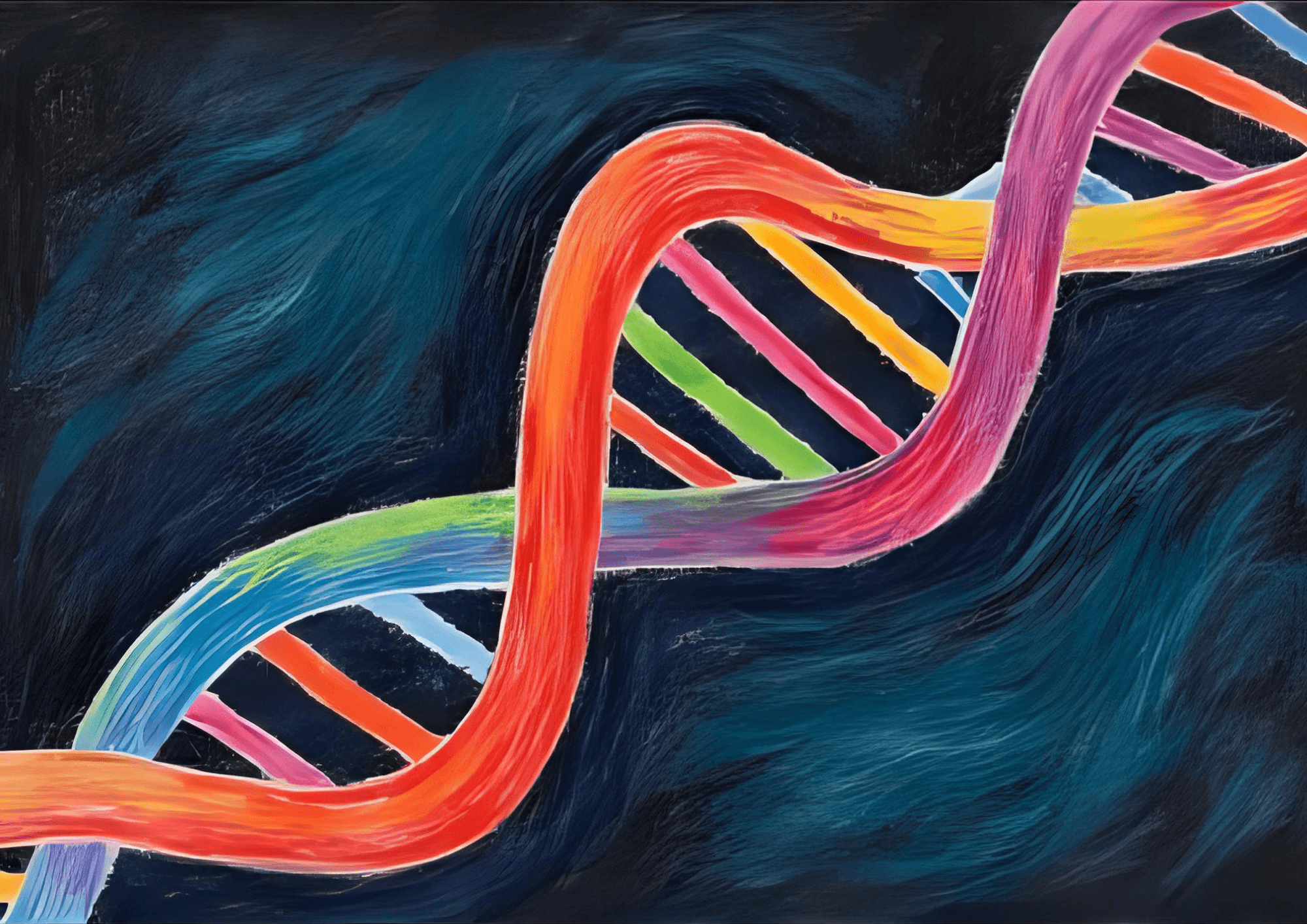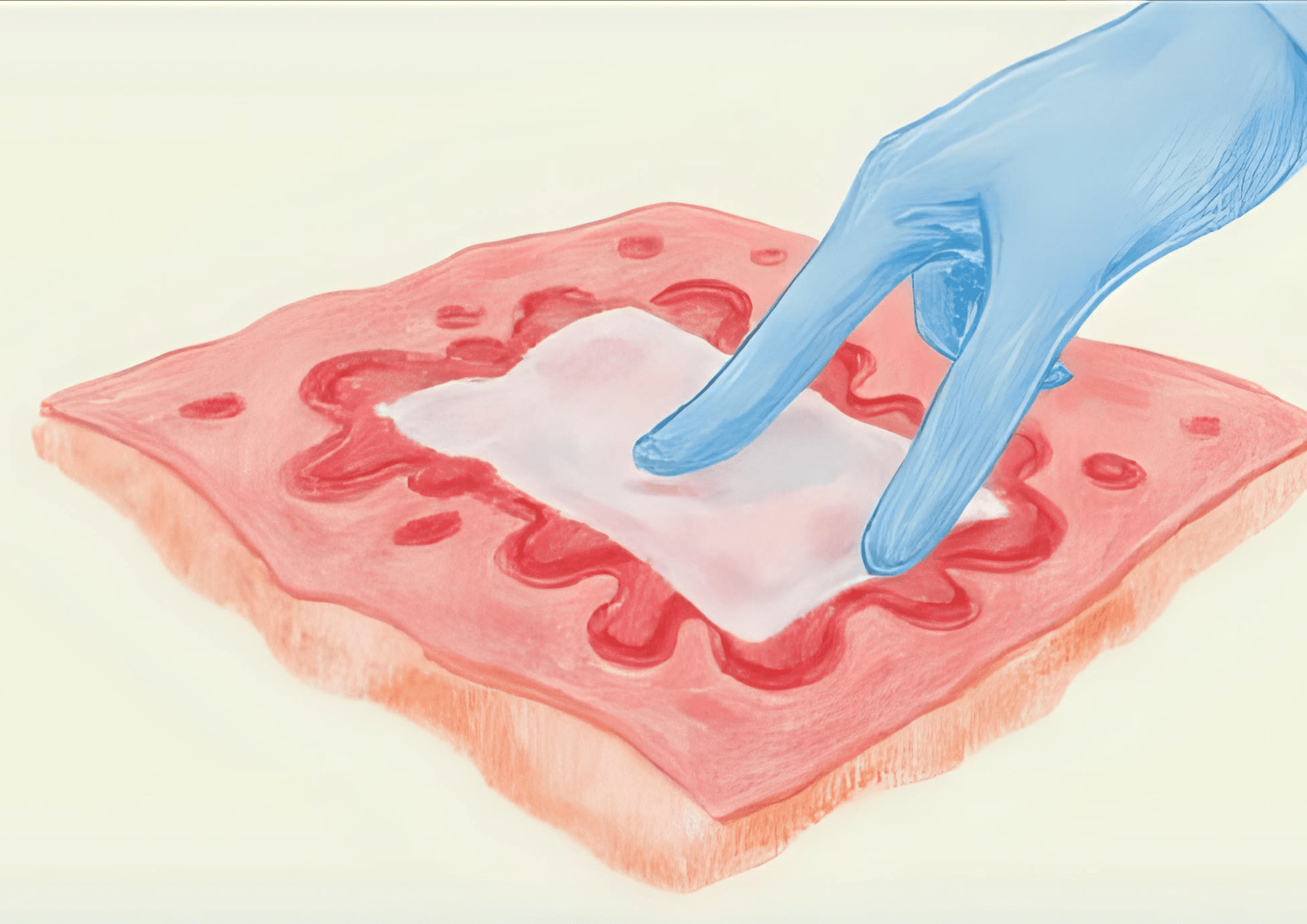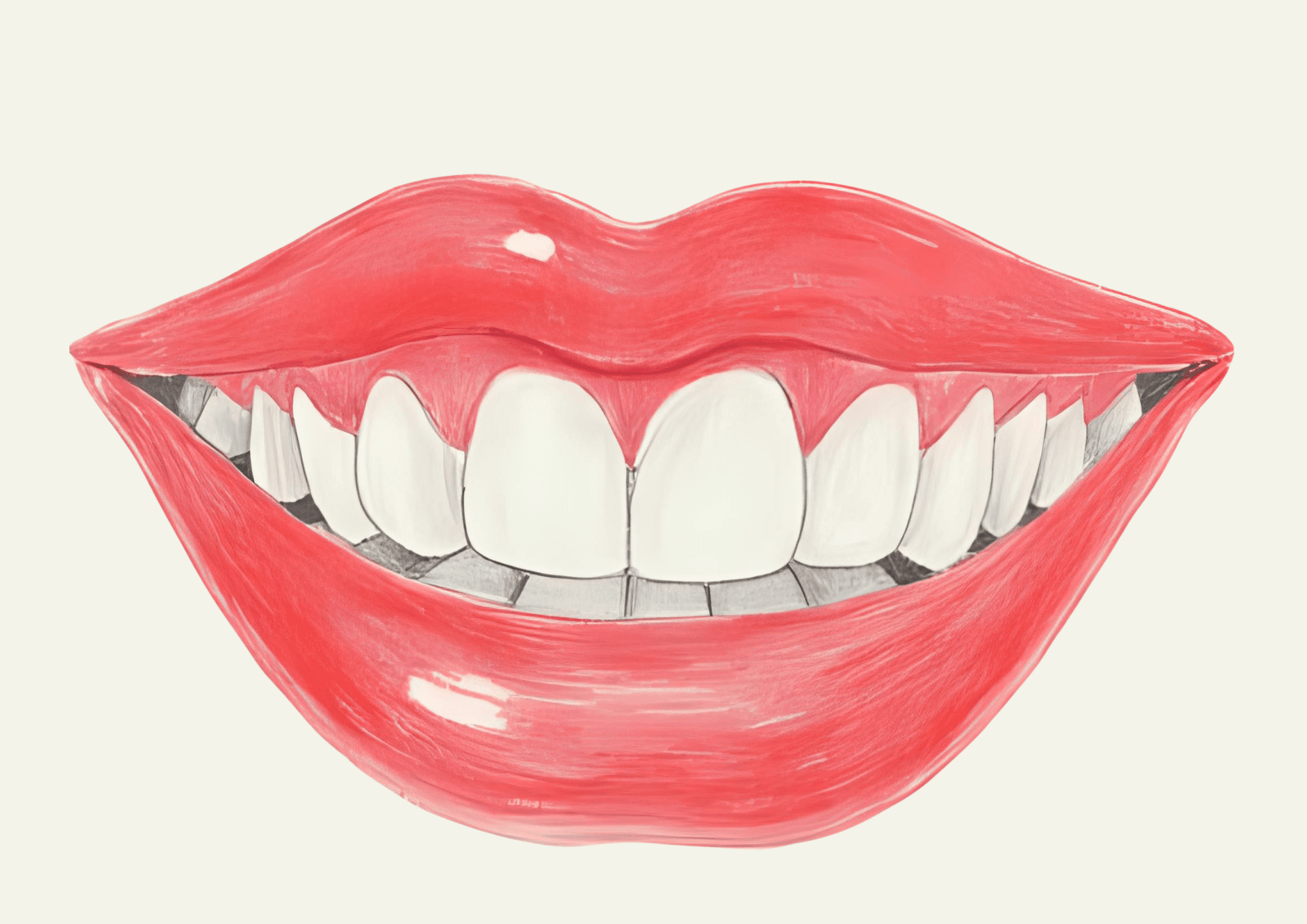21 Jul 2025
9 MIN READ
Hair Loss: Causes and Control
~~~~
Your hair gives you vibrance. You flaunt your hair and style it to express yourself.
There are around 125000 strands of hair on your head. Each day, 100s of strands are replaced! Do you ever think of this while combing your hair?
Excessive hair fall can be distressing. Hair thinning is common in men and women, but the hair fall patterns differ.
0% of men observe baldness on the front scalp at some point in their lives, while 35% of women face hair thinning.
Stress, unbalanced meals, and environmental factors are a few common factors. When we know the exact reasons, we may respond wisely.
Understanding the hair structure
Hair Fall affects 15 million US men and women.
If you know your hair structure, you will take the necessary actions to address the cause.
-
Your hair has a shaft (external layer) and a root (within the skin).
-
The shaft has three parts.
-
The cuticle is the outer layer, the cortex is in the middle, and the medulla connects with the skin.
-
The root has a skin cover and connective tissues.
-
The hair root connects with a sebaceous gland (secretes sebum).
-
The sebum protects the skin from external damage.
-
The sebum provides hydration and flexibility to the skin and hair.
Types of hair
People have variations in their hair color, texture, and porosity. Hair can be of four types with different natural styles.
70% of people have dry hair, while 24% have oily hair worldwide.
Properties of your hair
The appearance of your hair depends on various factors, like
-
Texture - Smooth, rough, or moderate
-
Density - Number of hair strands in a square inch
-
Porosity - Moisture absorbing capacity
Straight hair with no bends is the rarest type of hair.
Why do people have excessive hair fall?
Hair fall is associated with multiple reasons, like aging; let us see them in detail.
Hereditary
Androgenic alopecia is a genetic hair thinning. It leads to baldness. It occurs due to a rise in androgens secreted by the adrenal glands lying on top of both kidneys.
Genetic factors can affect hair follicle development and hair growth. Dihydrotestosterone hormone diminishes, causing hair loss.
Lifestyle factors
Unbalanced nutrition, intense mental pressure, insufficient sleep, smoking, and excessive alcohol consumption can lead to hair damage.
Nutritional deficiency
Dietary deficiencies of iron, vitamins C, D & A, zinc, folic acid, protein, and omega-3 can affect hair growth.
Environmental factors
Polluted air or water, chemicals, and UV rays from the sun can discolor hair and make it rough.
Hormonal factors
When hormones like cortisol, estrogen, thyroid hormones, insulin, and melatonin decrease in your body, it can cause hair loss.
Physical health factors
Immunity disorders, scalp infections, like ringworm, menopause, and childbirth, promote hair loss.
Radiation, chemotherapy, cancer medications, and blood thinners restrict hair growth.
Hair Styling
Dreadlocks, tight ponytails, heat curls, straighteners, or hair colors are equally responsible for your hair loss.
A family history of hair fall is the most common factor for baldness and hair thinning.
A few natural remedies for hair regrowth
You may discover your hair's health at your place. Find out if you have these products around to improve your hair care routine:
-
Coconut oil - Apply twice a week for improved scalp blood circulation
-
Rosemary oil - It has antibacterial, antifungal, and anti-inflammatory properties
-
Onion juice - It boosts collagen production
-
Aloe vera - It conditions your scalp and repairs hair
-
Scalp massage - for 15 minutes, promotes hair growth
-
Amla - It is a rich source of vitamin C and antioxidants
-
Egg mask - It has proteins, vitamins, and minerals
-
Castor oil - It is rich in vitamin E and fatty acids
-
Rice water - Use it to wash your hair for hair regrowth
-
Fenugreek seeds - Soak them overnight, and wash your hair to reduce hair fall
A study revealed that scalp massage with coconut oil for four minutes daily regrows hair in six months.
Serums and medicines for hair growth
Apart from household products, certain items are available in the shops to help you retain your hair's health.
Hair serums from:
-
WishCare
-
Pro-Growth
-
Bare Anatomy
-
ThriveCo
-
Pilgrim
-
Vitality
Medicines like:
-
Minoxidil 10%
-
Finasteride
-
Spironolactone (women)
-
Biotin supplements with keratin
-
Anthralin cream
Hair products like shampoo, sprays, or conditioners have chemicals. Consult a doctor before using them.
They are:
-
Sulfates
-
Parabens
-
Polyethylene glycols
-
Phthalates
-
Triclosan
-
Formaldehyde
-
Dimethicone
-
Retinyl palmitate
Advanced technology to bring back your hair
Hair restoration has become a matter of hours using technology.
Stem Cell Therapy
Some stem cells are cut out from the deposited fats in your body to stimulate inactive hair follicles. It helps in reversing hair thinning and promotes hair growth.
Platelet-rich plasma therapies
You have platelets in your blood. These are collected to develop a plasma. The plasma is injected into your scalp to improve hair thickness.
Hair transplant
Hair transplant allows you a natural look. Hair is taken from the back and sides of your head to give a permanent fix for alopecia.
Hair implantation
Trichologists use Choi implant pens to insert hair directly into your scalp. It gives a neat look.
Hair follicle cloning
Hair cloning is a unique method. Your own hair is cloned in labs and implanted into your scalp to improve your hair density.
Laser therapies
Cold lasers can stimulate your scalp blood flow. Plus, they activate the follicles, improving thinning hair. It is painless and works well for early signs of hair loss.
Robotic hair transplants
Currently, robots assist doctors in ensuring accurate hair follicle extraction and implantation.
How can you maintain your hair's strength?
A wet strand of hair can stretch up to 30% of its normal length.
You maintain your body with exercise, you can prolong your hair health, too. Follow the steps below to see the results.
-
Stress can damage hair follicles; better manage it.
-
Eat a nutritional meal daily.
-
Fruits, vegetables, and water hydrate you.
-
Every two months, trim your hair to reduce split ends
-
Cover your hair from external pollution
-
Do not use chemicals to damage hair roots
-
Do not use high heat settings on hair
Going to a trichologist
Each strand of your hair can hold nearly 100 grams of weight. Have you ever tried that?
A trichologist can help you identify the issues beneath your hair fall. So, seek early advice if you notice:
-
Itchy and flaky scalp
-
Dandruff
-
Excessive thinning
-
Patchy hair
-
Bald spots
How will you manage your hair health?
Hair loss or damage can be painful. You have to manage the first step. Before long, it will become a habit. From homely remedies, like oil massage, lifestyle alterations, to advanced techniques, which was your favorite to try?



